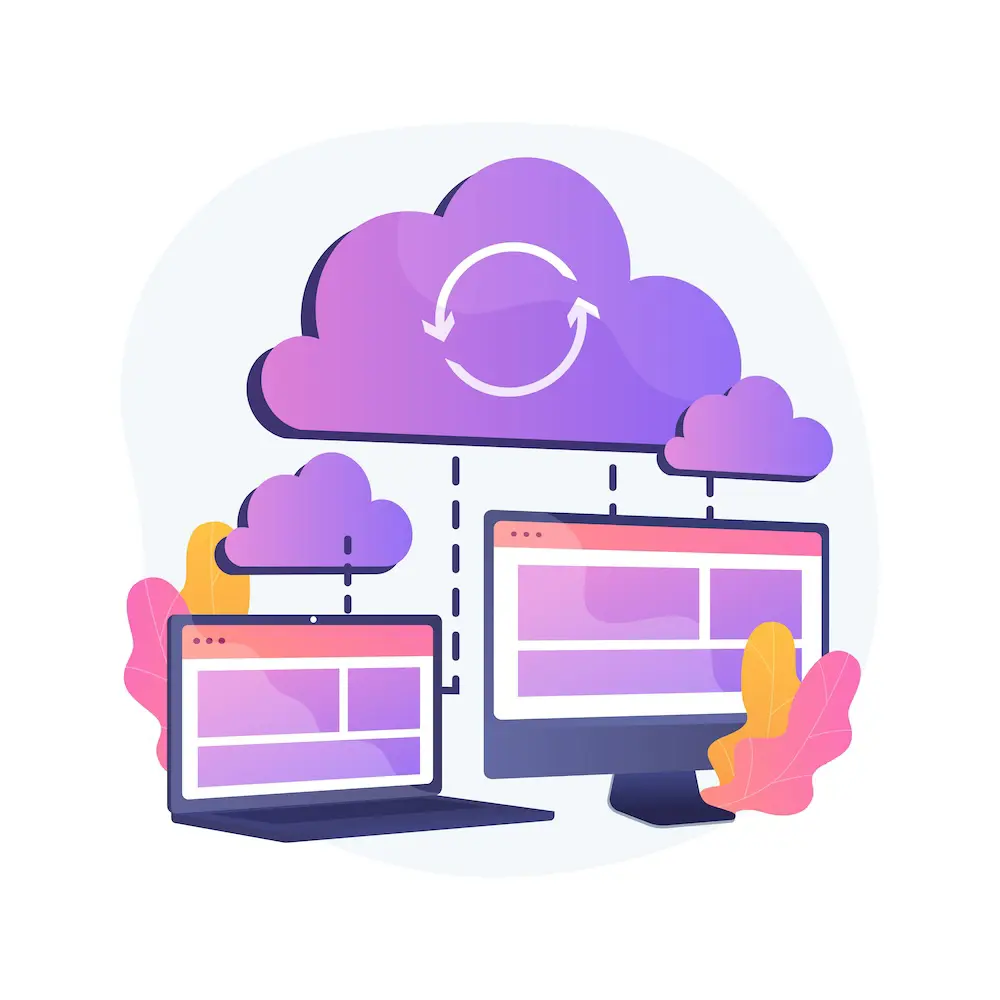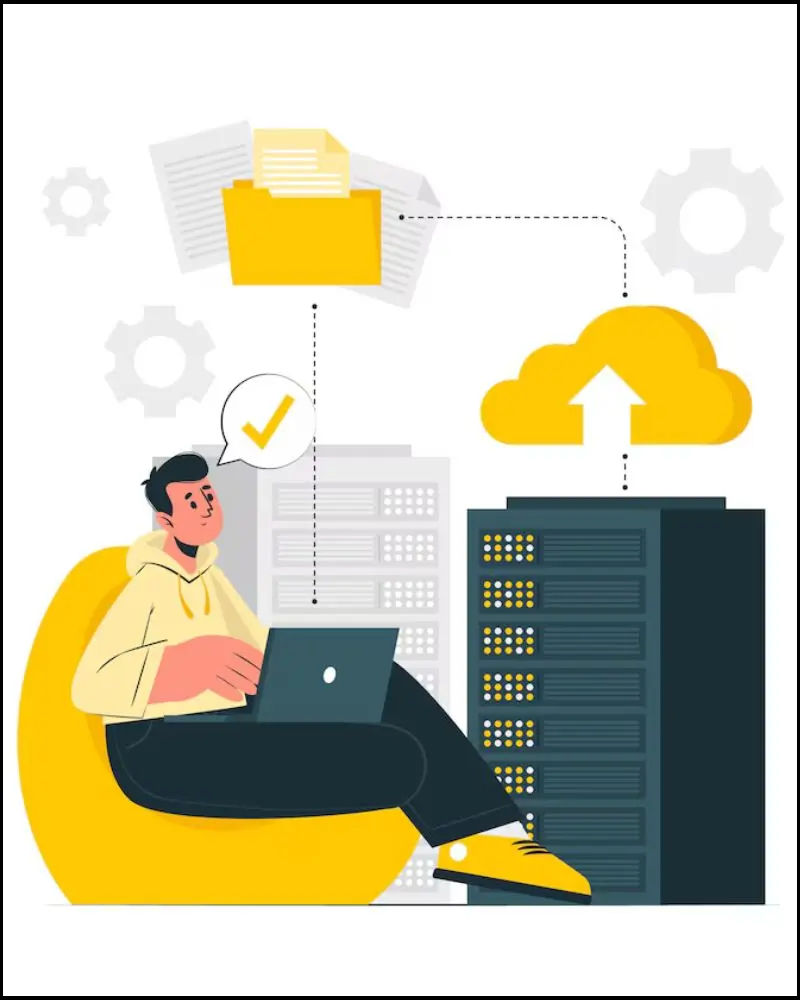In today's business world, having a strong infrastructure, reliable network connections, and powerful servers are crucial. Assume that your firm is working successfully until one server, service, or application goes down or fails due to overload. How would you react?
Such disruptions can have serious repercussions for your company, impairing output and interrupting services, which may damage your company's reputation.
Therefore, the question arises: how can you keep your server functioning smoothly? This is where Server Monitoring Tool comes into play.
What Is A Server Monitoring Tool For?
Monitoring server performance via Serve Monitoring Tool is crucial for several reasons:
- Ensuring server availability and preventing data loss.
- Assessing server responsiveness to maintain optimal user experience.
- Understanding server capacity, user load, and speed for efficient resource management.
- Proactively detecting and addressing potential issues to prevent disruptions to server operations.
However, selecting the appropriate server monitoring tool can be daunting due to various considerations.
Server Environment and Preferences
The initial aspect to consider is your server environment, including the quantity, type, and placement of your servers, along with the operating systems, applications, and services they handle. It's crucial to choose a server monitoring tool that matches your environment and offers detailed and precise data on server metrics like CPU, memory, disk, network, and process usage.
Moreover, you should consider whether you can get by with free and open-source server monitoring solutions, or if you truly need to invest money on these monitoring tools.
Monitoring Goals
The second consideration is your monitoring objectives. Depending on your goals, you may choose between SaaS and On-premise solutions.
On-premise tools are ideal for large environments prioritizing control and security, while SaaS is more suitable for smaller environments, reducing concerns about routine management for system admins. Opting for on-premise network monitoring tools requires greater technical expertise, as system administrators must handle all aspects and perform regular updates.
SaaS, on the other hand, is handled by a third party for bug fixes, updates, and other responsibilities. System admins only pay for the features they utilize, making it more cost-effective and simpler to manage.
Integration and Customization
The third factor to take into account is your integration and customization needs, which affect how well your server monitoring solution will operate with your current tools and workflows.
When choosing a monitoring solution, prioritize one that balances cost, functionality, and user experience. Look for a product that integrates smoothly with your other tools, such as ticketing, notification, backup, or security, to enable data exchange and automation.
Choose a tool that allows you to customize it to meet your specific needs, such as establishing custom metrics, alerts, reports, or dashboards, as well as incorporating scripts, plugins, and extensions.
Budget and Resources
Other important factors to consider are budget and resources. The amount of money you can afford to invest in a server monitoring solution depends on your budget. Selecting a product that fits inside your budget guarantees that you can pay for the upfront purchase in addition to any ongoing subscription or licensing fees.
Resources include the labor, time, and knowledge needed to set up, implement, and maintain the monitoring technology. Take into account whether your company has qualified staff on hand who can handle the tool.
Future Plans and Extendibility
It's crucial to envision your future plans and expectations, before selecting your server monitoring tool to meet evolving needs and challenges. Evaluate how the tool's roadmap aligns with your long-term goals and strategies, ensuring it can adapt alongside your business as it scales.
Seek out a solution that provides flexibility and scalability, enabling seamless addition, removal, or modification of features and functionalities. Additionally, look for a tool that offers consistent reliability and security, with regular updates, patches, and enhancements.
Encryption
Encryption is an important consideration when choosing a server monitoring tool since it protects the confidentiality and privacy of sensitive data exchanged between monitored servers and the monitoring tool.
Here's why encryption is important:
Data Protection: Encryption prevents unauthorized access or interception of sensitive data, such as server metrics, performance statistics, and configuration details, during transmission. This helps to prevent data breaches, unauthorized access, and data theft.
Compliance Requirements: Many sectors and legal frameworks require firms to follow certain data security and privacy requirements, such as GDPR, HIPAA, and PCI DSS. Encryption assures compliance with these requirements and helps to avoid possible penalties or legal implications.
Confidentiality: Server monitoring tools may send sensitive information via networks, such as login credentials or system specifications. Encryption ensures that this information is kept confidential and cannot be intercepted or accessed by malicious parties.
Trust and Reputation: Encryption builds credibility and trust with stakeholders, partners, and clients by displaying a commitment to data security and customer privacy. It guards against reputational harm brought on by security incidents or breaches while helping in preserving an excellent track record.
User Experience and Feedback
The next aspect to consider is your user experience and feedback, which show how simple and enjoyable it is to use your server monitoring application.
You need a product that provides a user-friendly interface, ensuring easy navigation and intuitive design. A seamless user experience minimizes the learning curve, enabling users to perform monitoring tasks effortlessly, even without extensive training or technical expertise.










